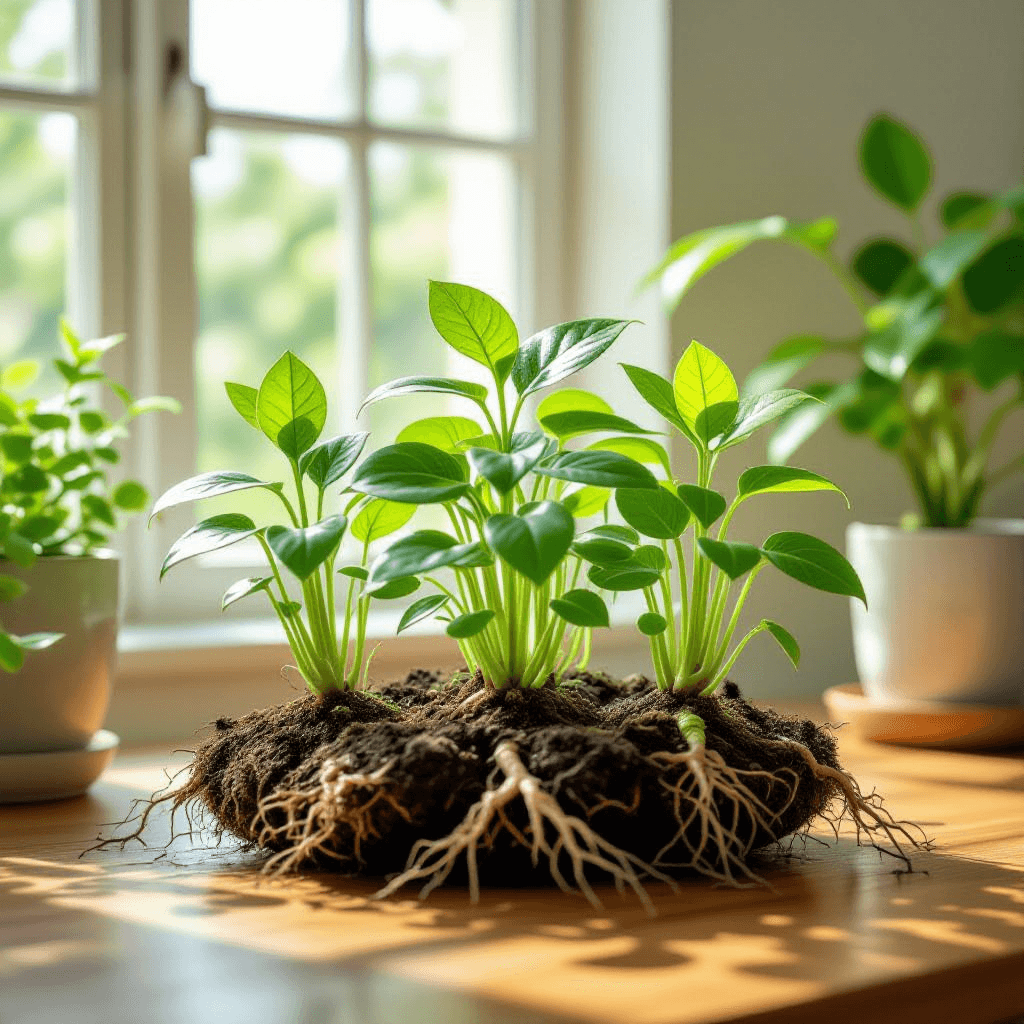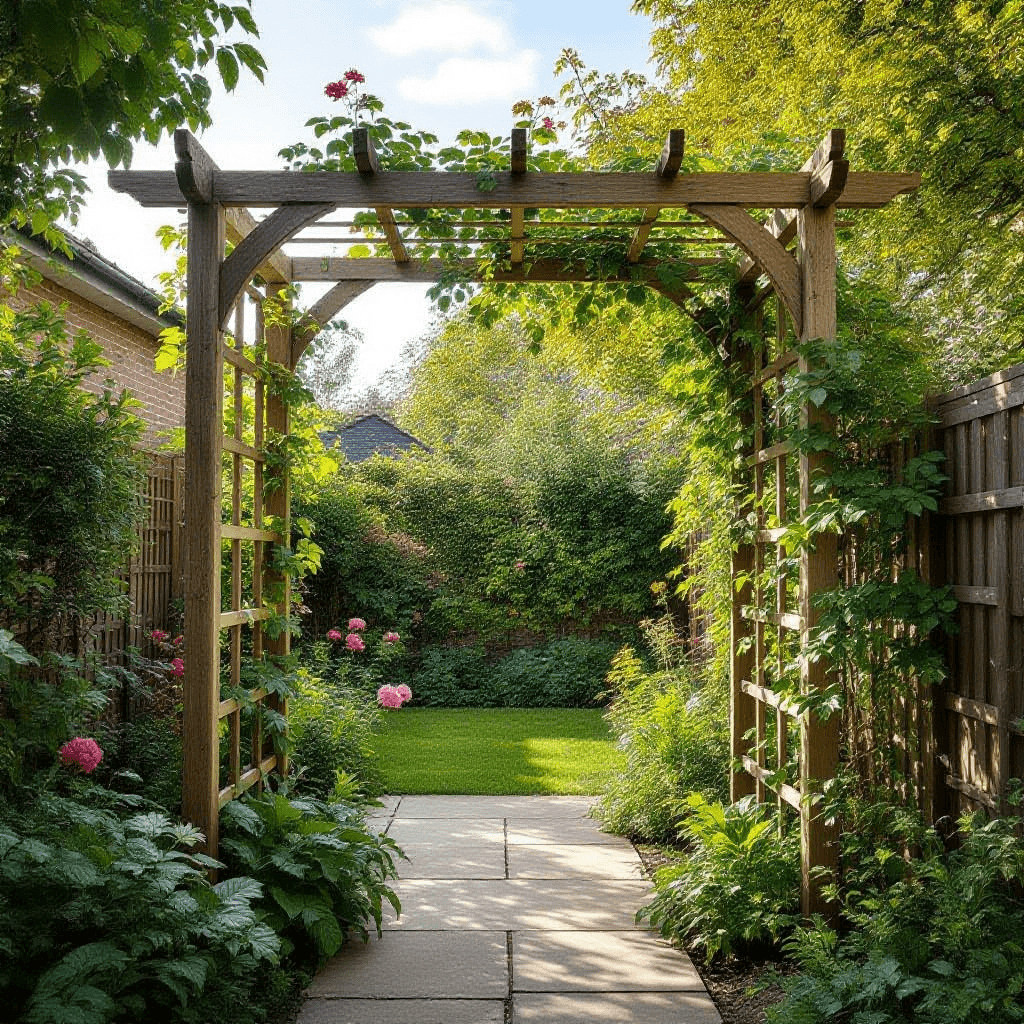Understanding Your Space: Types of Small Gardens
Small gardening spaces are diverse, each presenting unique characteristics and challenges. A common type of small garden is a window box. These spaces, often placed on ledges or railings, provide a limited area for planting. However, they allow for the cultivation of vibrant flowers, herbs, or compact vegetables, maximizing vertical space. Careful consideration of the plants chosen is crucial; select varieties that thrive in the confined conditions and ensure adequate drainage to avoid water accumulation.
Another prevalent form is the balcony garden. Balconies typically receive ample sunlight, making them excellent for growing a variety of plants. However, they can pose challenges in terms of wind exposure and space limitations. Growers should consider using vertical planters or hanging pots to utilize the vertical dimension effectively. Assessing the sunlight patterns and ensuring the availability of soil quality is paramount when planning your balcony garden.
Urban backyards, although sometimes small, often offer a bit more flexibility in terms of planting options. These spaces can accommodate raised beds or garden boxes, allowing for deeper soil and the possibility of growing a wider range of plants. When determining how to best utilize an urban backyard, attention should be given to existing elements such as trees, fences, and structures that may affect light exposure and water drainage.
Regardless of the type of small garden, assessing sunlight access, soil quality, and proximity to water sources is essential for successful gardening. Begin by analyzing how much sunlight your space receives throughout the day, which will influence your choice of plants. Testing the soil to determine its quality is equally important; healthy soil supports robust plant growth and yield. Lastly, ensure that an adequate water supply is accessible, whether through rainwater collection, a nearby faucet, or a simple watering can. Tailoring your approach to your specific gardening area is key to maximizing yield in small spaces.
Selecting the Right Plants for Limited Space
Choosing the right plants is essential for maximizing yield in small gardening spaces. High-value crops, which provide substantial returns relative to their space requirements, should be prioritized. These crops include vegetables such as tomatoes, peppers, and lettuce, which can produce plentiful harvests while occupying minimal ground area. Additionally, opting for compact varieties of plants can significantly enhance a gardener’s ability to grow diverse produce in limited space. For example, dwarf fruit trees and bush-type beans are specifically bred to thrive in confined areas, making them ideal candidates for tiny gardens.
Another technique to consider is companion planting, which involves grouping plants that benefit each other when grown in proximity. This approach not only maximizes the use of available space but also promotes healthier growth and increased yields. For instance, planting tomatoes alongside basil can improve flavor and deter pests, while interplanting carrots with onions may enhance growth and reduce weed competition. Understanding the specific requirements of each plant, such as sunlight, water, and nutrient needs, is crucial for successful companion planting. Grouping for both aesthetic appeal and growth compatibility is a pragmatic strategy that can significantly elevate the gardening experience.
When selecting plants, consider incorporating herbs, which are versatile, aromatic, and often thrive in small spaces. Varieties like thyme, chives, and oregano require less space and can be harvested frequently, providing continuous yields throughout the growing season. Additionally, climbing plants such as cucumbers and peas can be trained vertically, utilizing vertical gardening systems to save space while still producing substantial yields. Overall, careful selection of plants tailored for limited space, combined with strategic grouping and companion planting, can lead to a thriving garden that maximizes both beauty and productivity.
Creative Gardening Techniques for Maximizing Yield
In small gardening spaces, innovative techniques are essential for optimizing yield while maintaining a limited footprint. Vertical gardening has emerged as a popular method, allowing gardeners to utilize upwards rather than outwards. Installing wall planters, trellises, or even repurposed pallets can create an impressive vertical garden, where climbing plants such as beans, cucumbers, and tomatoes thrive. This technique not only saves space but also enhances airflow and sunlight penetration, promoting healthier plants.
Container gardening is another effective approach for maximizing available space. By employing pots, tubs, or boxes, gardeners can choose the most suitable location for sunlight exposure and convenience. Containers can be strategically arranged on balconies, decks, or patios, offering flexibility in design. The key to successful container gardening lies in selecting the right plants that are suited for confined spaces, such as dwarf varieties, herbs, and salad greens. Moreover, employing companion planting in containers boosts nutrient availability while minimizing pest issues.
Square foot gardening is a technique that divides a small garden area into manageable sections, each allocated to a specific crop. By maximizing the use of space through intensive planting, gardeners can yield more produce per square foot. This method advocates for diverse planting, allowing for a mix of plants that can be cultivated simultaneously. Layering plants by height can also augment space efficiency. Taller species can provide shade for shorter plants, creating a harmonious growing environment. Additionally, using gardening structures like archways, shelves, and grids can further enhance space utilization while promoting a vibrant garden aesthetic.
Implementing these creative gardening techniques can significantly increase the productivity of small spaces, enabling urban gardeners or those with limited areas to cultivate a variety of plants successfully. By embracing innovation and efficiency, it is possible to enjoy the fruits of gardening despite spatial constraints.
Maintenance and Care for a Thriving Small Garden
Maintaining a small garden requires a strategic approach to ensure that each plant thrives despite limited space. One of the most critical aspects is proper watering. In compact spaces, soil can dry out more quickly due to the closeness of plants and limited moisture retention. It’s advisable to water in the early morning or late evening to minimize evaporation. Utilizing drip irrigation or self-watering pots can also significantly optimize water usage, ensuring that each plant receives adequate moisture while reducing labor.
Fertilization plays a vital role in supporting plant health and maximizing yield. Utilizing organic fertilizers, such as compost or well-rotted manure, can enrich the soil naturally without overwhelming plants with excess nutrients. A balanced, slow-release fertilizer can be applied during planting and refreshed mid-season to provide sustained nourishment. Remember, the small garden beds typically hold fewer nutrients than larger plots, so regular testing of soil pH and nutrient levels can help determine when additional supplements are necessary.
Pest management is another crucial aspect of small garden maintenance. In limited areas, pest issues can escalate quickly. Regularly inspecting plants for signs of infestations will allow for early intervention. Introducing beneficial insects or using organic pest control methods, like neem oil, can help manage populations without harming the surrounding ecosystem. Furthermore, keeping plants healthy through proper watering and fertilization can increase their resilience against pests.
Lastly, pruning techniques tailored for compact spaces can enhance air circulation and encourage healthy growth. Regularly trimming away dead or overgrown branches will not only create more room but also direct energy toward fruiting and flowering. By establishing a clear schedule for watering, feeding, pest management, and pruning, gardeners can maintain the optimum health and productivity of their small gardens throughout the growing season.


